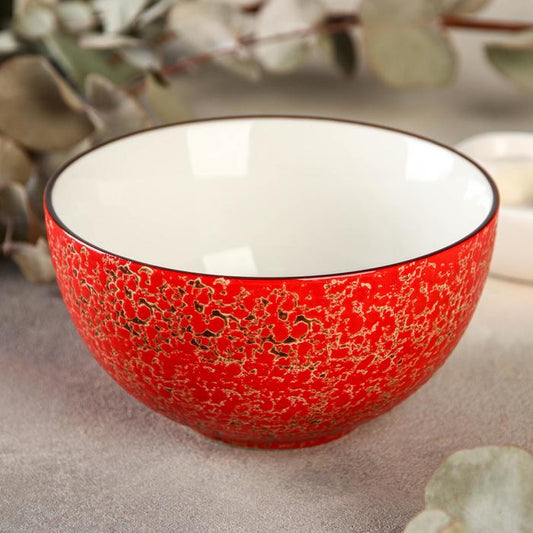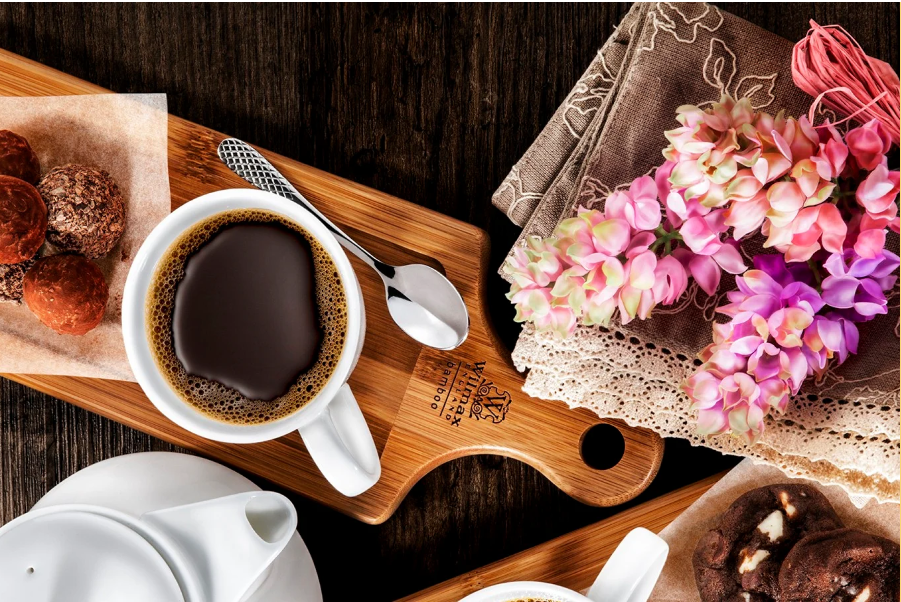Rustic Revival: Why Hand-Thrown Pottery Is Replacing Factory-Perfect Plates

🍶 Rustic Revival: Why Hand-Thrown Pottery Is Replacing Factory-Perfect Plates
Once upon a time, fine dining meant flawless porcelain, symmetrical rims, and spotless white glaze. But in 2025, diners are turning away from factory precision and embracing hand-thrown pottery. The trend — dubbed the rustic revival — celebrates craftsmanship, individuality, and imperfection, making every plate part of the story.
🎨 The Beauty of Imperfection
Hand-thrown pottery is imperfect by design. No two pieces are exactly alike. A slightly uneven rim, a swirl of glaze, a thumbprint left behind — these are marks of human touch.
Diners and chefs alike are drawn to these subtleties because they feel authentic and grounded. A rustic ceramic bowl carries a sense of warmth that sterile, factory-perfect plates cannot replicate.
🍽️ Craftsmanship Over Mass Production
As more restaurants shift toward locally sourced, artisanal dining experiences, the tableware has followed suit. Chefs want plates that reflect their philosophy of craft.
Instead of mass-produced porcelain, they’re choosing stoneware fired in small kilns, glazes mixed by hand, and pieces signed by individual artisans. The plate becomes part of the meal’s artistry.
📸 Rustic Charm Meets Social Media
Rustic pottery doesn’t just look beautiful in person — it photographs like a dream. The matte finishes reduce glare. The earthy colors provide contrast to vibrant food. And the irregular shapes add character to every shot.
On Instagram and TikTok, #PotteryPlating and #RusticDining are growing, with chefs and diners showcasing meals that feel both modern and timeless.
🌍 Global Roots, Modern Revival
Hand-thrown pottery has ancient roots across cultures: Japanese raku bowls, Mediterranean terracotta, Mexican barro clay. The rustic revival doesn’t invent anything new — it reclaims what was lost in industrial dining.
Now, these traditions are being woven into fine dining. A Michelin-starred restaurant in Paris might plate scallops on Japanese-inspired clayware, while a California eatery serves farm-to-table salads in terracotta bowls.
💡 Why Diners Love the Rustic Touch
In a digital, mass-produced world, diners crave connection to the handmade. A plate that carries visible brushstrokes and subtle imperfections tells a story: of the potter, the clay, and the kiln.
Eating from hand-thrown pottery feels personal, grounded, and memorable. It’s not just about aesthetics — it’s about emotional resonance.
📈 The Business of Rustic Revival
For restaurants, rustic pottery offers a chance to:
- Support local artisans and craftspeople
- Stand out from competitors with unique, custom pieces
- Create brand identity tied to craftsmanship and authenticity
And because handmade pottery often costs more, it reinforces the perceived value of the dining experience. When the plate feels artisanal, so does the food.
❓ FAQs About Hand-Thrown Pottery in Dining
Is rustic pottery durable?
Yes — most hand-thrown pieces are made from stoneware or high-fired clay, making them durable for restaurant use.
Does it fit fine dining?
Absolutely. Rustic pottery isn’t casual — it’s refined through artistry. It elevates the dining experience by making each setting feel unique.
Is this trend sustainable?
Many artisanal potters use local, eco-conscious materials and fire with sustainable practices. It’s often more ethical than mass factory production.
🍶 Final Bite: From Clay to Table
The rustic revival isn’t just about plates. It’s about rejecting sameness and celebrating individuality. In 2025, the imperfect has become the most elegant.
So next time you dine out, don’t be surprised if your Michelin-star entrée comes served in a bowl that looks like it belongs in a pottery studio. That’s not a flaw — that’s the future.
Share:





